-
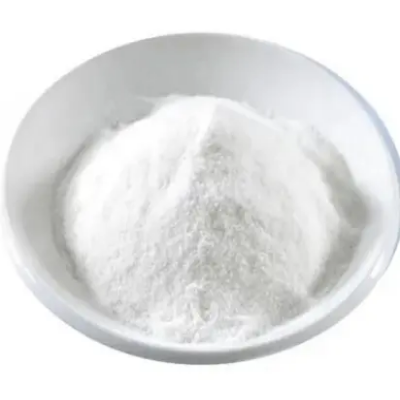
1-(2-Methoxyphenyl)piperazine hydrobromide CAS:100939-96-6
1-(2-methoxyphenyl)piperazine hydrobromide is a chemical compound with diverse applications in pharmaceutical and research industries. With a molecular formula of C11H16N2O.HBr, this white to off-white crystalline powder exhibits solubility in water and common organic solvents. It serves as an important intermediate in the synthesis of various pharmaceuticals and research compounds. The presence of the hydrobromide salt enhances its stability and makes it easier to handle in laboratory settings. Its unique structure and properties make it valuable for organic chemistry endeavors.
-

1-(2,3-Xylyl)piperazine monohydrochloride CAS:80836-96-0
1-(2,3-Xylyl)piperazine monohydrochloride is a chemical compound with versatile applications in pharmaceutical and research fields. With a molecular formula of C13H20ClN2, this white crystalline powder exhibits solubility in water and serves as an important intermediate in the synthesis of various therapeutic and research compounds. Its unique structure and reactivity make it sought-after in organic chemistry endeavors, offering opportunities for pharmaceutical development and biological studies.
-
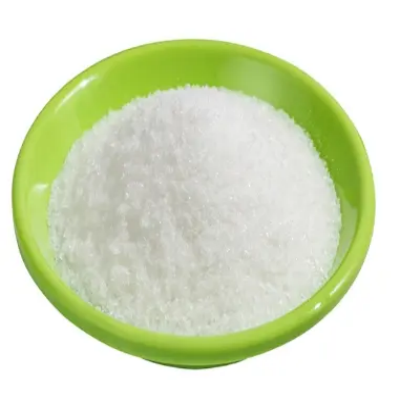
1-(2,6-DIMETHYLPHENYL)PIPERAZINE CAS:345-92-6
1-(2,6-dimethylphenyl)piperazine is a chemical compound widely known for its diverse applications in various industries. With a molecular formula of C12H18N2, this colorless liquid exhibits excellent solubility in common organic solvents. It is primarily used as an intermediate in the synthesis of pharmaceuticals and agrochemicals. Additionally, 1-(2,6-dimethylphenyl)piperazine serves as a crucial building block in the production of specialty chemicals and research compounds. Its unique structure and reactivity make it a sought-after compound in the field of organic chemistry.
-
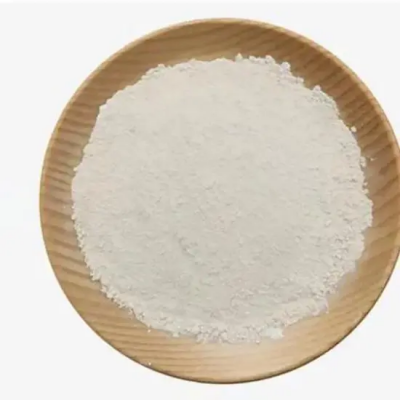
1-(4-Chlorobenzhydryl)piperazine CAS:303-26-4
1-(4-chlorobenzhydryl)piperazine is a chemical compound widely recognized for its versatile applications in various industries. With a molecular formula of C17H19ClN2, this white crystalline powder exhibits excellent solubility in organic solvents. It is primarily used as an intermediate in the synthesis of pharmaceuticals and agrochemicals. Additionally, 1-(4-chlorobenzhydryl)piperazine serves as a crucial building block in the production of specialty chemicals and research compounds. Its unique structure and reactivity make it a sought-after compound in the field of organic chemistry.
-
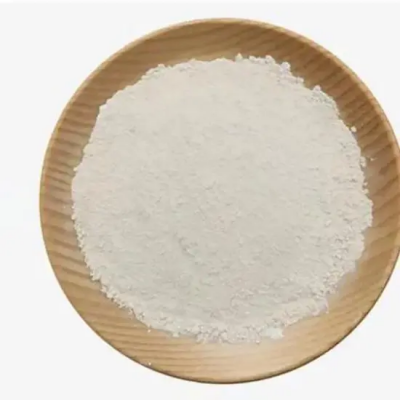
1-(4-Methoxyphenyl)piperazine dihydrochloride CAS:38869-47-5
1-(4-Methoxyphenyl)piperazine dihydrochloride is a chemical compound widely used in pharmaceutical and research applications. This white crystalline powder, with a molecular formula of C12H20Cl2N2O, serves as an important building block in the synthesis of various therapeutic and research compounds. Its unique structure and reactivity make it valuable for drug discovery and development, particularly in the creation of pharmacologically active molecules targeting neurological and psychiatric disorders.
-

1-(4-Fluorophenyl)piperazine dihydrochloride CAS:64090-19-3
1-(4-Fluorophenyl)piperazine dihydrochloride is a chemical compound extensively used in pharmaceutical and research applications. This white crystalline powder, with a molecular formula of C10H15Cl2FN2, serves as a crucial building block in the synthesis of various therapeutic and research compounds. Its unique structure and reactivity make it valuable for drug discovery and development, particularly in the creation of pharmacologically active molecules targeting neurological and psychiatric disorders.
-
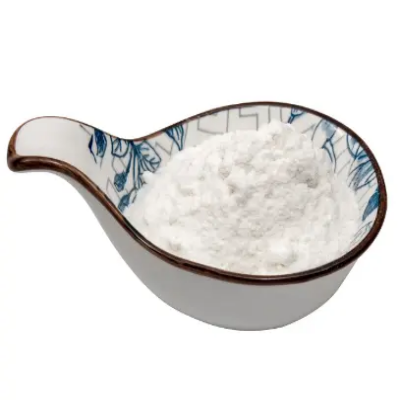
N-Boc-trans-4-hydroxy-L-proline CAS:13726-69-7
N-Boc-trans-4-hydroxy-L-proline is an organic compound with the molecular formula C12H21NO5. It is a derivative of proline and contains a BOC (tert-butoxycarbonyl) protecting group on the nitrogen atom and a hydroxy group on the trans position.
-
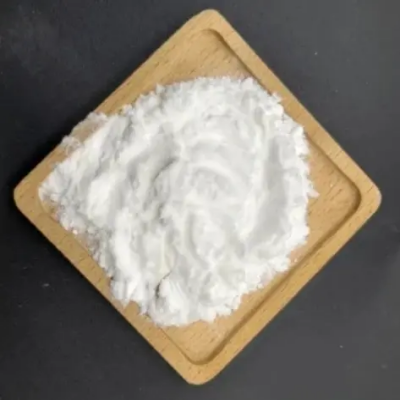
N-Boc-Tran-4-Fluoro-L-proline CAS:203866-14-2
N-Boc-Tran-4-Fluoro-L-proline is an organic compound with the molecular formula C11H17NO4F. It is a derivative of proline and contains a BOC (tert-butoxycarbonyl) protecting group on the nitrogen atom and a fluoro substituent on the trans position.
-
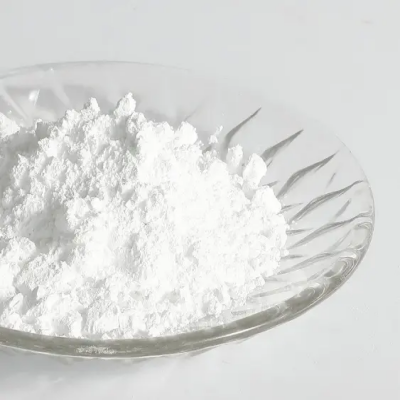
N-Boc-cis-4-hydroxy-L-proline methyl ester CAS:102195-79-9
N-Boc-cis-4-hydroxy-L-proline methyl ester is an organic compound with the molecular formula C12H21NO5. It is a derivative of proline and contains a BOC (tert-butoxycarbonyl) protecting group on the nitrogen atom, a hydroxy group on the cis position, and a methyl ester group.
-
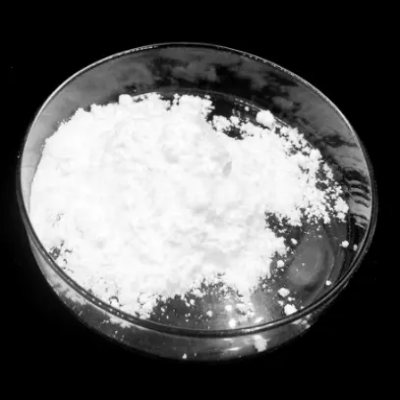
N-Boc-cis-4-hydroxy-L-proline CAS:87691-27-8
N-Boc-cis-4-hydroxy-L-proline is an organic compound with the molecular formula C12H19NO5. It is a derivative of proline and contains a BOC (tert-butoxycarbonyl) protecting group on the nitrogen atom and a hydroxy group on the cis position.
-
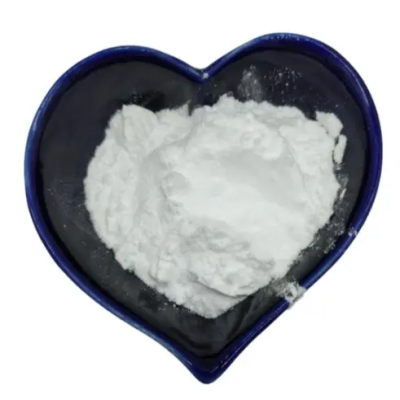
N-Boc-trans-4-hydroxy-L-proline methyl ester CAS:74844-91-0
N-Boc-trans-4-hydroxy-L-proline methyl ester is an organic compound with the molecular formula C12H21NO5. It is a derivative of proline and contains a BOC (tert-butoxycarbonyl) protecting group on the nitrogen atom, a hydroxy group on the trans position, and a methyl ester group.
-
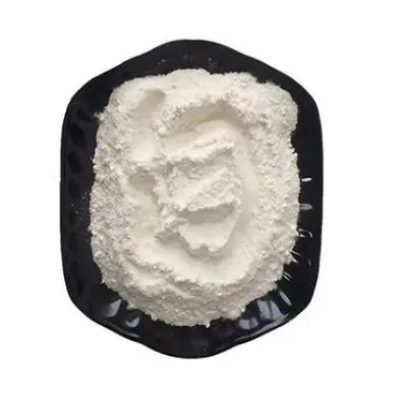
4-Guanidinobenzoic acid HCL CAS:42823-46-1
4-Guanidinobenzoic acid HCl is an organic compound with the molecular formula C8H10N3O2·HCl. It contains a guanidino group attached to a benzoic acid moiety, with hydrochloric acid as the counterion.

